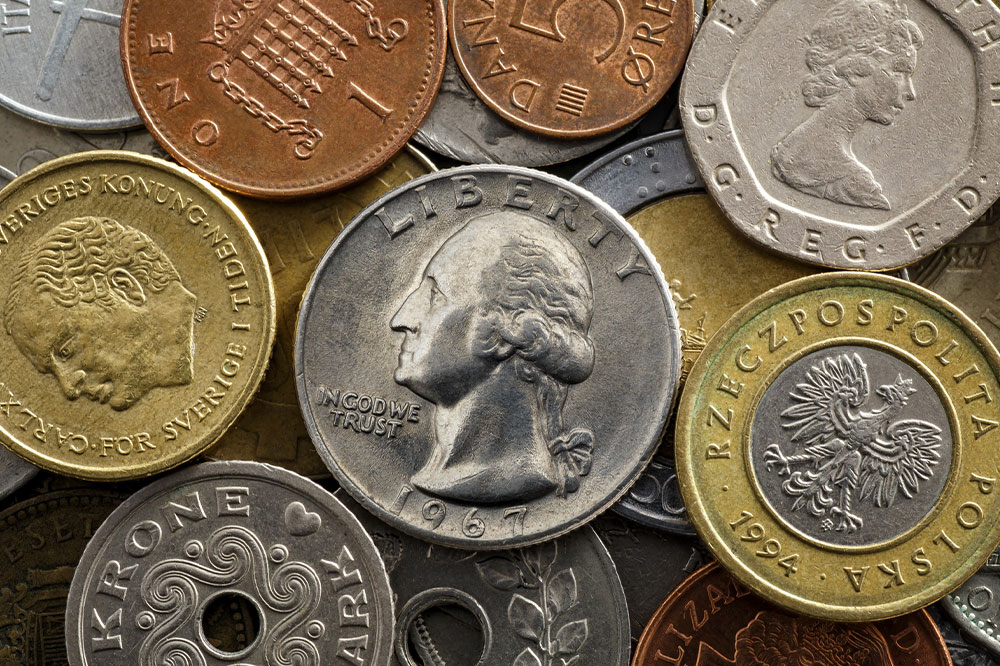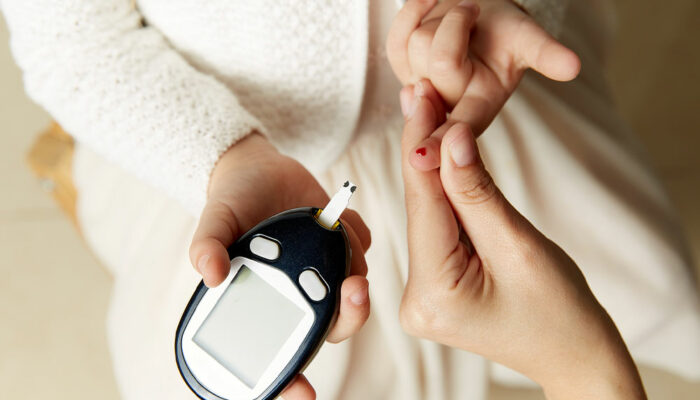9 Rare Coins That Are Worth a Fortune

Collecting precious coins can be more than just a hobby, as rare coins are good not only for the collection but also for the pocket. Coins with accidental defects have emerged as rare and valuable over the decades and are often worth a sizable amount. Today, several vendors selling such coins have emerged in the online space. Here is a list of a few such rare coins one can find today:
The 1804 Silver Dollar
The 1804 silver dollar is worth over $5 million if sold in good condition. Today, only 15 samples of this coin are known to exist. Surprisingly, although the coin is referred to as the “1804 silver dollar,” 1804 is not the year when it was first minted. These coins were first minted around 1834–35 when the U.S. Department of State decided to gift coin sets to Asian rulers who agreed to grant trade concessions to the country. The coin is categorized into three classes based on the period of its inception. Class I coins were minted during the 1830s and presented to Asian rulers. Class II coins are the ones minted from 1858 to 1859 as an experiment by U.S. Mint employees. Finally, the Class III coins also came into existence in the 1858–59 period to be presented to certain favored collectors.
The 1794 Flowing Hair Silver Dollar
This coin is worth $10 million and is extremely rare to lay hands on today. The primary reason for its high value is that less than 1,800 such coins have been minted from the time of its inception in 1794–1795. The coin entails Lady Liberty with flowing hair on its front side, and an American eagle embossed on the flip side. It was developed following a study conducted by President George Washington and Alexander Hamilton, who suggested that Congress should come up with a national mint. Consequently, the 1794 Flowing Hair Silver Dollar was the first government-minted coin.
The Turban Head Eagle
The Turban Head Eagle, also known as the 1804 Eagle Gold, Capped Bust, or the Capped Bust Eagle, was a government-minted coin from 1795 to 1804. Designed by Scottish-American engraver Robert Scot, this coin was the largest denomination to be authorized by the Mint Act of 1792. The production of these coins was discontinued in 1804, re-emerging three decades later in 1834 to be used in diplomatic presentations. Although Liberty wears a cap and not a turban, her headgear is ensconced by her thick locks, making it resemble a turban. Today, the turban head eagle is worth $5.1 million.
The 1787 Brasher Doubloon
These coins were first minted by Ephraim Brasher, a goldsmith, in the latter half of the 18th Century. Known as the “Holy Grail” of coins, it was the first gold coin to be minted in the country and is considered among the most important ones in history. The coin depicts the state seal and the rising sun on the front and the American eagle and a shield on the other side. With only seven samples of this coin having ever been minted, the 1787 Brasher Doubloon can fetch anywhere from $5 million to over $9 million today.
The 1885 “Trade” Silver Dollar
With only five such coins available today, the 1885 “trade” silver dollar is among the rarest coins in the country’s numismatic history. The coin was designed by engraver Charles Barber, and its existence came to be discovered nearly 25 years after its inception. As a result, there were fleeting doubts regarding its year of minting. However, research by Carl Carlston revealed that the 1884 and 1885 “trade” silver dollars were, in fact, produced during these years. Although the coin was worth about $1,600 in the early 1950s, its value has risen considerably over the decades. Today, the 1885 “trade” silver dollar is worth over $3.5 million if it is well-preserved.
The 1870 Three-Dollar Gold Coin
There exists only one known sample of this coin today, which was last valued at $687,500 in 1982. Historians believe that another sample of this coin was probably buried in a cornerstone of a San Francisco building a long time ago.
The 1343 Edward III Florin
This coin is regarded as among the world’s oldest and most expensive coins. The 1343 Edward III Florin coin is among the only three pure gold coins available today. Here, one side depicts King Edward III seated on his throne, flanked by leopard heads on either side, while the flip side features the Royal Cross ensconced in a quatrefoil. Today, two of these coins have been preserved in London’s British Museum and are priced at $6.8 million.
The 1873-CC Seated Liberty Dime
The 1873-CC seated liberty dime is regarded as the only unique coin from the Carson City Mint, which is said to have minted its coins using gold derived from nearby mines. Today, these dimes are worth approximately $2.7 million.
The 2000 Sacagawea “Cheerios” Dollar
The story behind this coin is as interesting as its name. Originally, the government minted these coins to promote the 2000 Lincoln Cent, or the “Golden Dollar,” by placing them inside over 10 million boxes of Cheerios, the signature breakfast cereal nationwide. However, the coins were accidentally minted erroneously, with the eagle tail feathers being engraved on the flip side of the coin. Today, there exist about 70 Sacagawea Cheerios coins, which are priced at around $25,000 per coin.
While coin collection can be a highly rewarding activity, the process requires considerable research on the market prices of various government-minted coins. It is always a good idea to buy or hold on to coins that are likely to increase in value. Finally, one should be sure to study numismatic terms, such as “face value,” “intrinsic value,” and “circulation coins” before taking on this endeavor.

